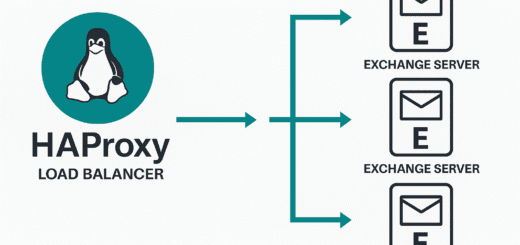Configuring SNMP on Proxmox
Today, we’re diving into the realm of Proxmox, a powerful open-source virtualization platform, and unlocking its full potential by configuring SNMP (Simple Network Management Protocol). SNMP isn’t just an acronym; it’s the key to gaining insights into the heart of your machine—monitoring CPU usage, network traffic, memory consumption, and more.
In this guide, we’ll walk you through the process of installing and configuring the SNMP daemon on Proxmox, demystifying the setup to ensure you harness the true capabilities of your infrastructure. Whether you’re a seasoned sysadmin or a curious enthusiast, the knowledge you’ll gain here will empower you to keep a vigilant eye on your system’s health.
Installation
Let’s kick off our SNMP configuration journey by installing the SNMP daemon on Proxmox. Open your terminal and run the following command to initiate the installation process:
apt-get install -y snmpd
This command will lay the foundation for comprehensive monitoring, allowing us to tap into Proxmox’s vital statistics.
Backup original file
Before we dive into the configuration details, let’s play it safe and create a backup of the original SNMP configuration file. Execute the following command to make a copy:
mv /etc/snmp/snmpd.conf /etc/snmp/snmpd.conf.bak
This ensures that we have a safety net in case anything unexpected happens during the editing process.
Configuration of SNMP
Below, we’re setting up a basic SNMP configuration file. You’ll need to customize some sections to align with your preferences. No worries—we’ve simplified it for you. Copy and paste the entire block from “cat <<” to “EOF”. This snippet establishes a read-only community named “MYSNMP,” limits access to the IP address 10.10.10.1, and provides some basic system information.
cat << EOF > /etc/snmp/snmpd.conf
# This file will create a read-only community called "MYSNMP"
# and restricts access to address 10.10.10.1
rocommunity MYSNMP 10.10.10.1
syslocation "Bern, Switzerland"
syscontact "John Doe"
agentAddress udp:161
agentuser root
dontLogTCPWrappersConnects yes
realStorageUnits 0
EOF
Customize the community string to your preference and adjust location, contact details, and other settings. This ensures optimal SNMP configuration for your Proxmox setup.
Start service and enable at boot
It’s time to set the wheels in motion! Kickstart the SNMP service and ensure it revs up automatically with every system boot. Simply execute the following commands:
service snmpd restart
update-rc.d snmpd enable
With this, your Proxmox system is not only configured for SNMP but also ready for consistent, hassle-free monitoring from here on out.



works very well
thx
Han Solo